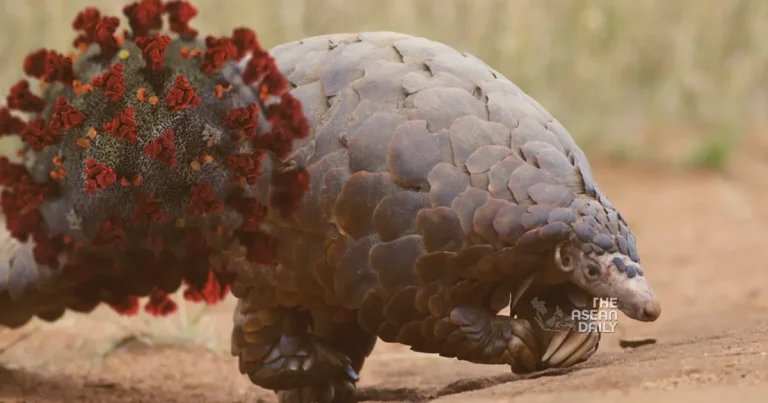23-1-2024 (BEIJING) A research team from various academic and medical institutions in China has unveiled a new strain of coronavirus, engineered from a pangolin-related virus, exhibiting a 100% fatality rate in laboratory mice. The strain, named GX_P2V C7, has raised concerns within the scientific community, with experts questioning the necessity and ethical implications of such research.
The preprint website “bioRxiv” published the paper titled “Lethal Infection of Human ACE2-Transgenic Mice Caused by SARS-CoV-2-related Pangolin Coronavirus GX_P2V (short_3UTR),” on the 4th of this month. The research team, comprising experts from institutions such as the Beijing University of Chemical Technology’s Advanced Innovation Center for Soft Matter Science and Engineering and the Clinical Medical Research Center of the Fifth Medical Centre of the PLA General Hospital, conducted the study.
The paper outlines the identification of two pangolin coronaviruses related to SARS-CoV-2, GD/2019 and GX/2017, prior to the COVID-19 pandemic. The strains were cultured and named pCoV-GD01 and GX_P2V, with the latter showing no significant disease despite being infective. Using genetic engineering, the team created the new variant GX_P2V (short_3UTR), leading to the emergence of the highly fatal GX_P2V C7.
Upon infecting four transgenic mice expressing the ACE2 gene, all mice succumbed to the virus within 7 to 8 days, displaying symptoms such as weight loss, hunching, sluggishness, and eye discoloration. Dissection of additional mice revealed high levels of viral RNA in various organs.
Critics, including François Balloux of the UCL Genetics Institute, expressed deep concern, describing the research as terrifying and scientifically meaningless. Gennadi Glinsky from the Stanford University School of Medicine highlighted on social media that the virus could cause 100% mortality in human ACE2 transgenic mice, primarily affecting the brain.
The New York Post commented on the recklessness of such research, emphasizing the need for global health authorities and governments to prioritize the prevention of such activities, even in the aftermath of the pandemic.




